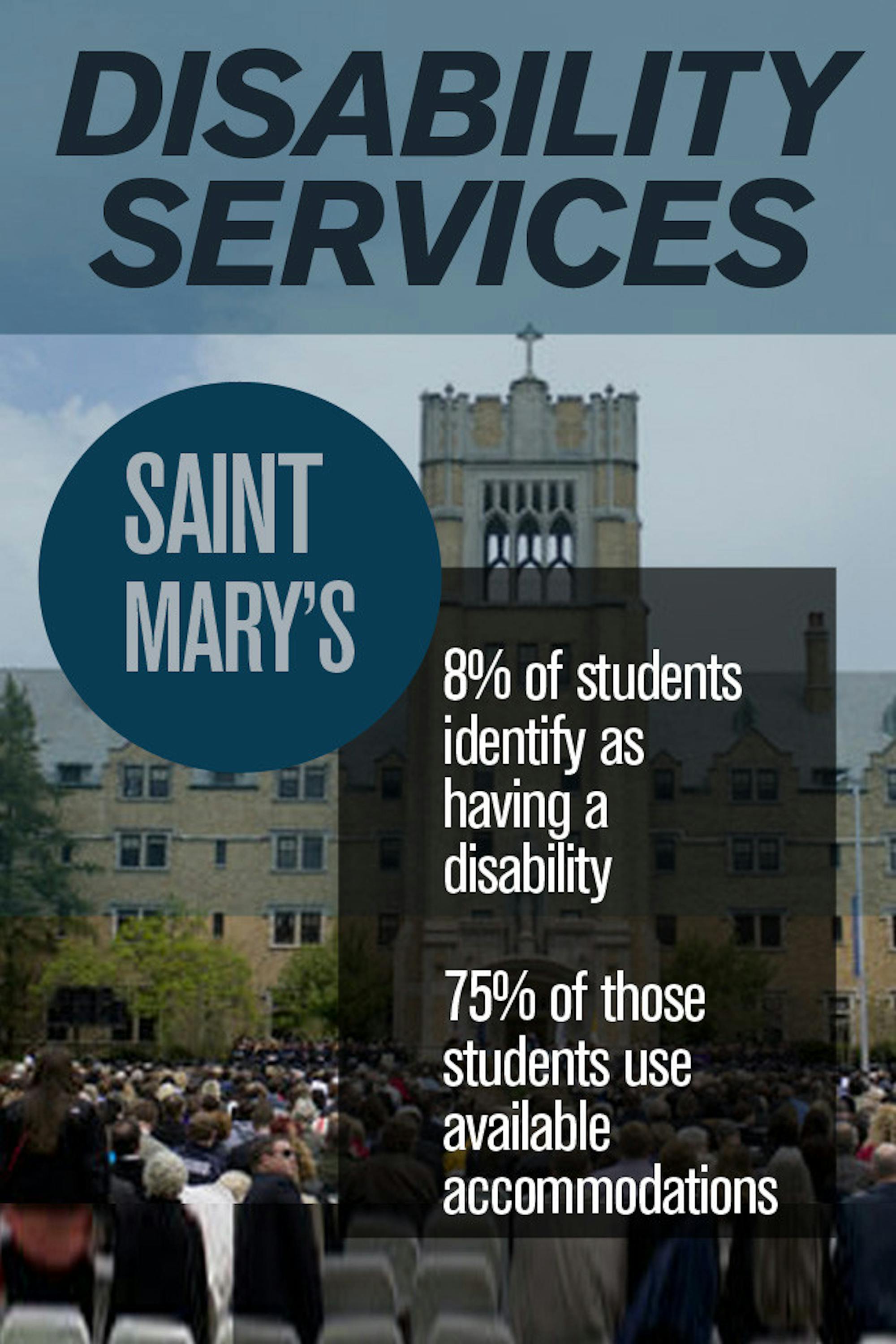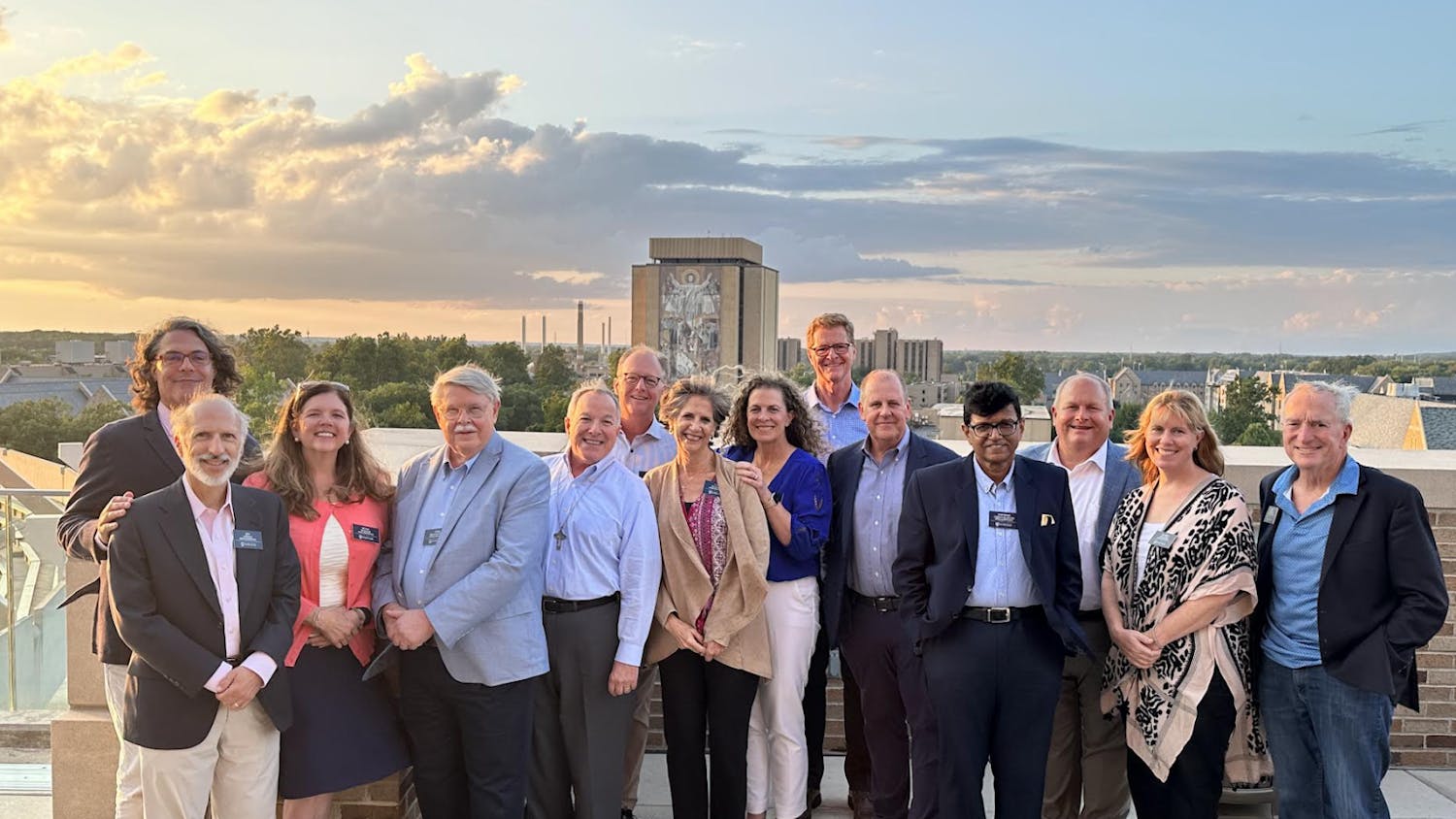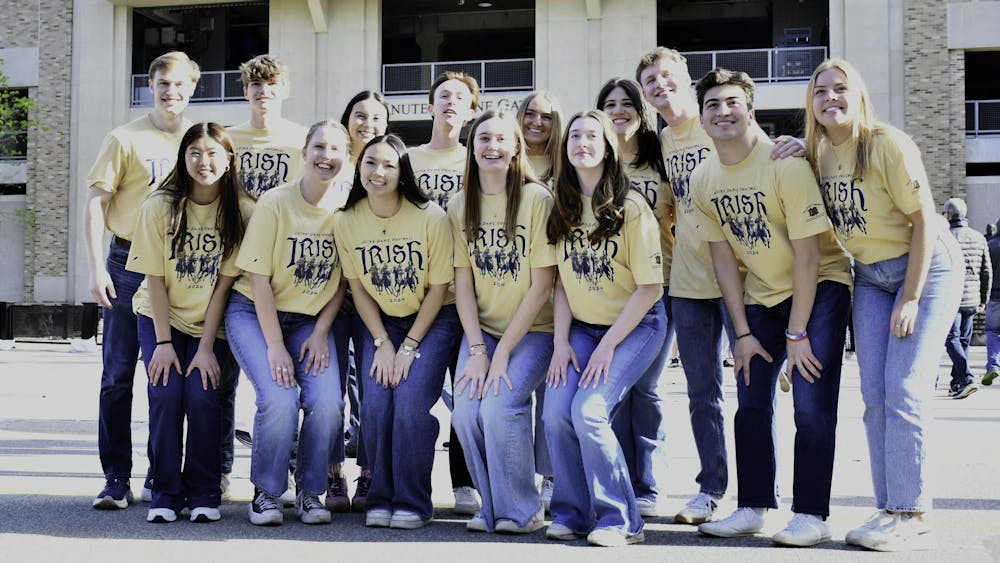Editor’s note: This is the second day in a series on disability at Notre Dame and Saint Mary’s. Today’s stories examine the services available to students at the University and the College.
Saint Mary’s created the Disabilities Resource Office (DRO) in 2004 to provide students with access to accommodations granted under the Americans with Disabilities Act, director Iris Giamo said. Prior to the creation of the office, associate dean Susan Vanek worked with students to ensure they received the accommodations they needed.
Giamo said there are three prongs of disability that the office serves including “learning, chronic medical and psychiatric disabilities.”
Students with disease vary from serious asthma, Crohn's disease, irritable bowel syndrome and immunological diseases, she said. Learning disabilities include dyslexia, dyscalculia, executive function and attention disorders. Psychiatric disabilities include anxiety disorders, bipolar, Asperger’s and others.
Students must register with the DRO to receive accommodations, which are reviewed on a case-by-case basis, Giamo said.
Students eligible for educational accommodations might receive extended time and reduced-distraction room, note-takers and print materials in alternate formats — electronic and audio.
Giamo said the DRO provides students access for what they need under the law and any grade they earn is a result of hard work.
“We consider the established history, self-report and third party documentation and evaluations,” she said. “Saint Mary’s is a small campus, and it spreads responsibility for compliance with disability protections to each member in our community.”
Giamo said her office teaches students to be independent and learn to advocate for themselves.
“The office empowers students,” she said. “Disabled students may need extra time to show mastery of a subject, and it’s essential that they have access to curriculum.”
Giamo said Saint Mary’s has attracted several students with physical disabilities over the years, but this fall the College will welcome the first student in a wheelchair in at least 12 years.
The DRO works closely with Residence Life and Facilities staff to provide the physical access needed and updates in adherence to legal architectural guidelines are made when necessary, Giamo said.
Giamo said ADA has increased the number of students that can attend college.
“Eight percent of the student population at Saint Mary’s identifies as having a disability,” she said. “Only 75 percent of that eight percent use their accommodation.”
According to Giamo, the reason only 75 percent of students may use their accommodations is because many students learn to compensate or may not need it for a certain classes.
Many practitioners in the field think the number is close to 10 percent nationally, Giamo said.
Equal access for people with disabilities is part of civil rights and for this reason professors are required to include information about the DRO on their syllabi, Giamo said.
“This has definitely raised the profile of the office and allowed students to address what they might need," she said. "We have an exceptional faculty here and not only for students with disabilities"
Giamo said it is crucial for students to share their concerns about accessibility and accommodations with the College and the DRO.
“It is only when people write or talk about it that we can deal with these issues.”
Other resources for students with disabilities include Office for Student Success to assist students with their academic careers.
Giamo said the Office promotes academic skills and healthy study habits for students with and without disabilities. There are also volunteer tutors in each department as well as tutors in the Writing Center to help students succeed.
She said there is a heightened awareness especially with the emerging field of disability studies and theory.
“There’s a saying in the field that ‘anyone at any time can become disabled,’” Giamo said.













